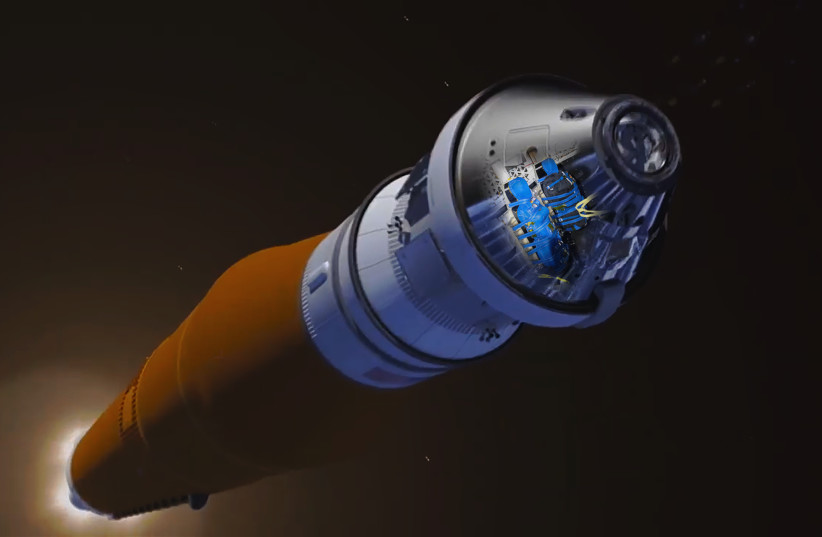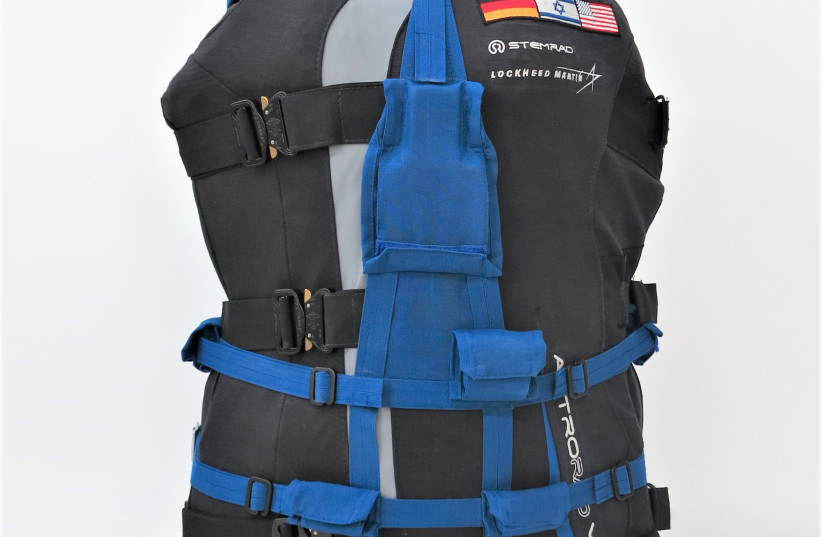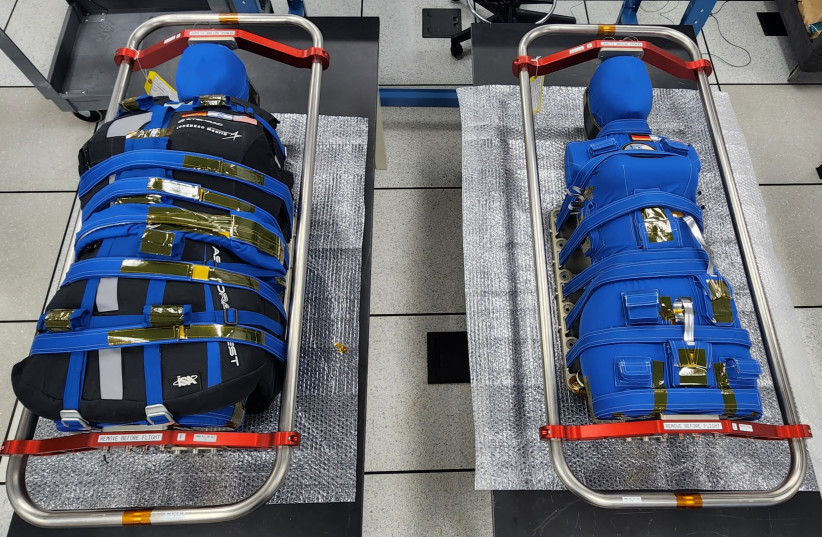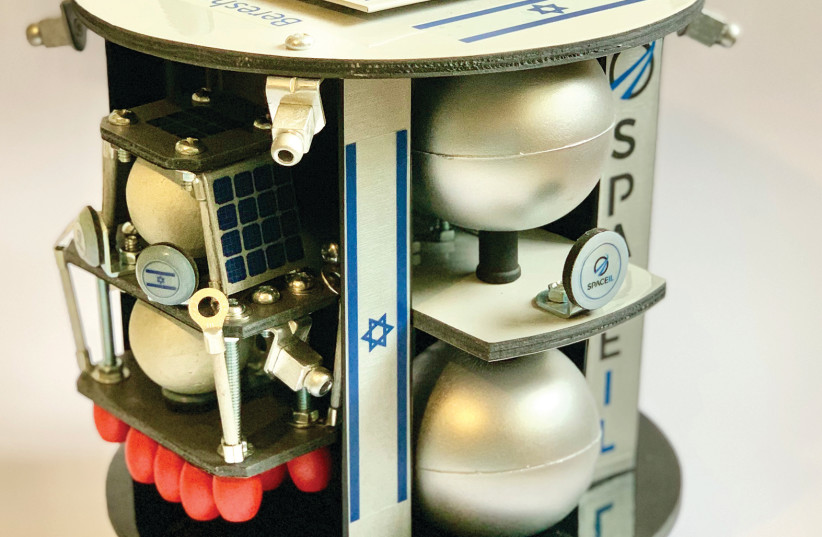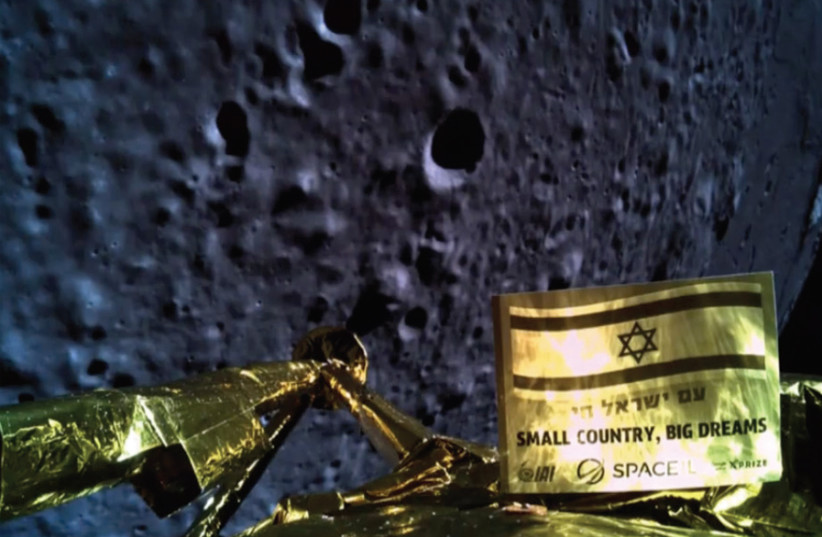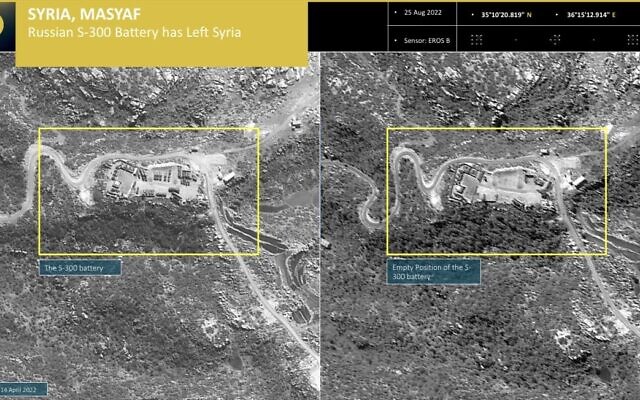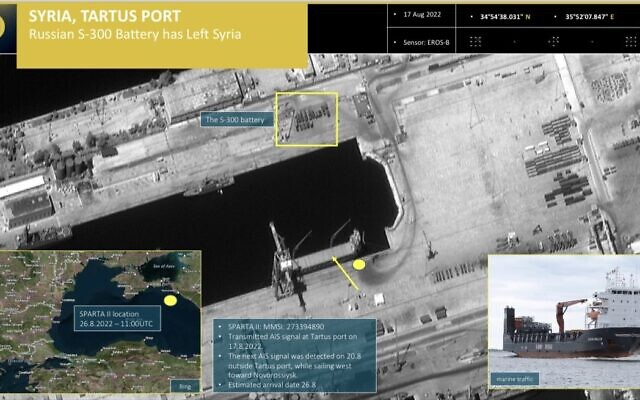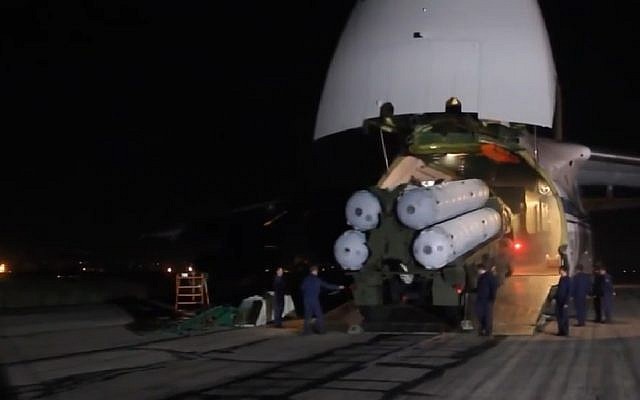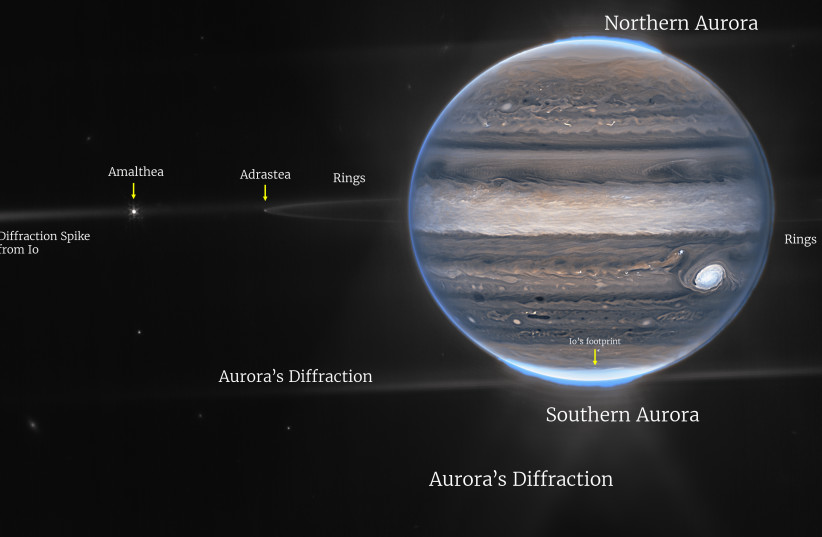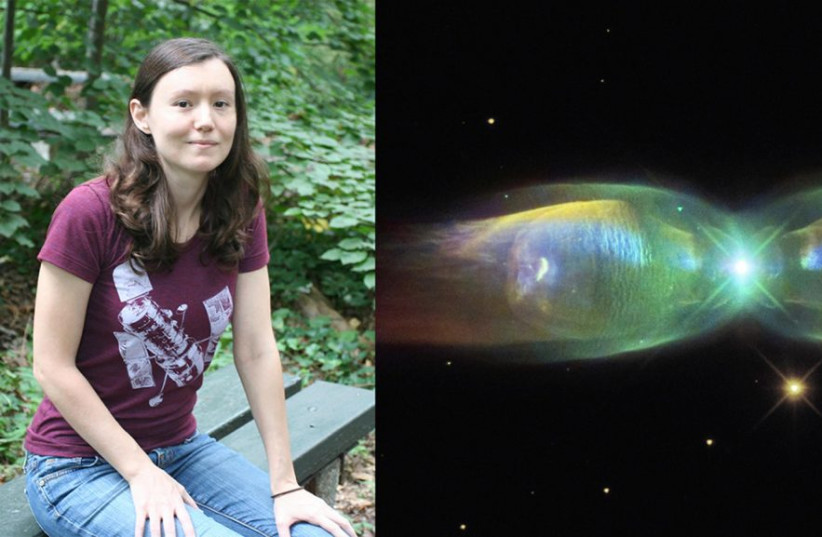Nova Scotia is a step closer to becoming a global destination for commercial space launch as Maritime Launch Services is approved to begin construction of Spaceport Nova Scotia – Canada’s first commercial spaceport.
“Today is historic. Nova Scotia is the safest and most globally competitive location to launch satellites into space and today we are closer to realizing this potential,” says Stephen Matier, President and CEO, Maritime Launch, adding, “We are grateful to the team of global experts in design, construction, environmental protection and spaceport operations who have been working with us every step of the way to develop a world class launch site with a focus on safety and environmental stewardship.
Today’s approval confirms that Maritime Launch has satisfied the conditions related to construction of Spaceport Nova Scotia within the Environmental Assessment approval granted in 2019. The launch facility will be built on crown land in accordance with a 20-year lease of approximately 335 acres near the rural communities of Canso, Little Dover and Hazel Hill, Nova Scotia. The lease includes an option for a 20-year renewal based on compliance with terms and conditions.
With geotechnical exploratory work complete, Maritime Launch will now begin construction activity on the site.
“This is a good day for Nova Scotia – particularly rural Nova Scotia - as Spaceport Nova Scotia will create many jobs, education and partnership opportunities while boosting the province’s economy,” said Tim Houston, Premier of Nova Scotia. “We’re proud to be a destination for the growing and competitive global commercial space industry.”
With the development of Spaceport Nova Scotia, Maritime Launch expects that other national and international space companies will choose to establish a corporate presence in Nova Scotia to be near the Company’s commercial launch facilities.
“Today’s announcement is the result of extensive consultation and engagement with local communities, the Mi’kmaq, the Municipality of the District of Guysborough and the Province of Nova Scotia,” says Matier. “Our local host communities, the Mi’kmaq and all Nova Scotians can be confident that we will build and operate the spaceport with a focus on safety and environmental stewardship. This was our focus when we began the initiative years ago and it remains our commitment for the future.”












